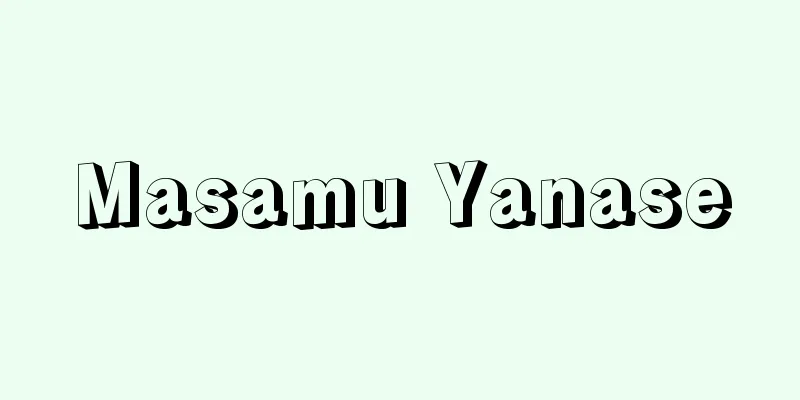Rebellion - Gyakuzai

|
In the Edo period, this was a general term for the crime of killing a servant's master or a servant's parent. In the narrow sense, it refers only to the killing of a master or a parent. According to the "Kujikata Osadamegaki," the punishment for killing a master was two days of exposure, one day of parade, sawing, and crucifixion, while the punishment for killing a parent was parade and crucifixion. The former was the most severe punishment in the Shogunate's system of punishment and was imposed only in this case, while the latter was the next severest punishment. Also, those who injured a master were exposed to exposure and crucified, and those who injured or beat a parent were crucified. Attacking or attacking a master or parent was already punishable by death. This was an inevitable result of the fact that maintaining vertical order was a basic requirement for the existence of samurai society, and this is why acts that violated this were called "negative crimes," and were forbidden to be treated as such, and were not subject to the old evil (equivalent to the statute of limitations for public prosecution) and pardon, and were given special treatment, such as issuing a description of the perpetrator and searching for the perpetrator. Source: Encyclopaedia Britannica Concise Encyclopedia About Encyclopaedia Britannica Concise Encyclopedia Information |
|
江戸時代,従者の主人に対する,あるいは子の親に対する殺傷罪の総称。狭義には主殺,親殺のみをさす。『公事方御定書』によると,主殺は2日晒,1日引廻,鋸挽のうえ磔,親殺は引廻のうえ磔で,前者は幕府刑罰体系中最も重く,かつこの場合にのみ科せられた刑であり,後者はそれに続く重刑である。また,主人を傷害した者は晒のうえ磔,親を傷害ないし打擲した者は磔であり,主人,親に対して切りかかり,打ちかかる行為がすでに死罪とされていた。このことは縦の秩序維持が武家社会存立の基礎的要件であったことの必然的結果であり,これに違反する行為を逆罪と呼んで,出入扱いを禁じるとともに,旧悪 (公訴の時効に相当) および赦の適用外とし,また人相書を発して犯人を捜索するなど特別に取扱った理由もここにある。
出典 ブリタニカ国際大百科事典 小項目事典ブリタニカ国際大百科事典 小項目事典について 情報 |
<<: Inverse trigonometric functions
>>: Reverse Course - Gyaku Course
Recommend
Evangeline. A Tale of Acadie
A full-length narrative poem by American poet Lon...
Kafiristan - Kafiristan
...The language of the Gypsies, who are now scatt...
Nobuyuki Katagami
Year of death: March 5, 1928 Year of birth: Februa...
pick up
…Hand off: A technique for preventing an opponent...
court card
…these are used in games such as ombre, squirt, a...
Sea urchin - Sea urchin
…It is used as bait for fishing for sea bream, fl...
Aztec marigold (English spelling)
…Recently, a dwarf, large-flowered variety has be...
Polymyalgia rheumatica (English spelling)
…It was not until the 16th century that rheumatoi...
Bulk density - Kasamitsudo
… [Powder properties] The academic field that inv...
Sodium superoxide
…Its structure is thought to be a series of Na + ...
Bi‐musicality
It refers to a dual musicality, specifically the s...
Tang Yi fen (English spelling)
1778‐1853 A painter from the Qing Dynasty in China...
Masamoto Kujo
He was a nobleman in the late Muromachi period. H...
Gothic romance
A group of novels that emerged in the second half ...
Tectogenesis - Tectogenesis
Also called tectonic movement. In many cases, it h...

![Kyomachi [Hot Springs] - Kyomachi](/upload/images/67cb5dfa87d9c.webp)
![Nakagusuku [village] - Nakagusuku](/upload/images/67cc62e32a694.webp)
![Nichihara [town] - Nichihara](/upload/images/67cc6e460928f.webp)





